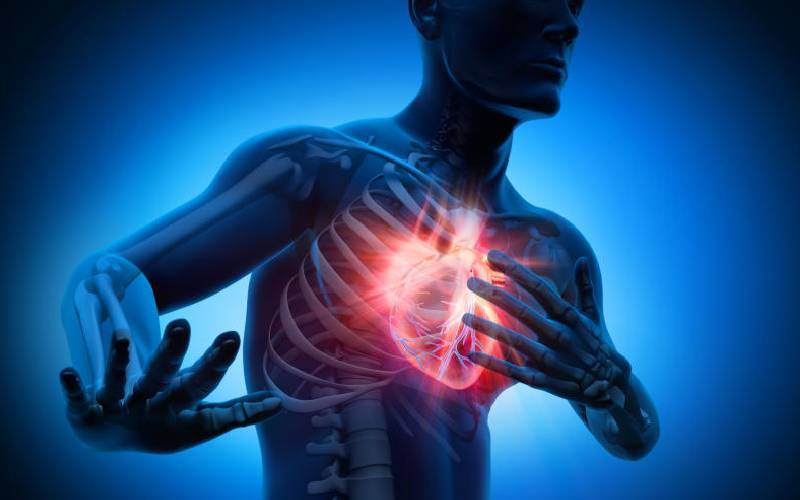×
The Standard e-Paper
Fearless, Trusted News

Today is World Heart Day, observed annually since September 2000. A joint effort of the World Heart Federation (WHF) and the World Health Organisation (WHO), the aim is to increase public awareness of heart and blood vessel diseases, including their diagnosis, treatment, prevention and the impact on world populations.